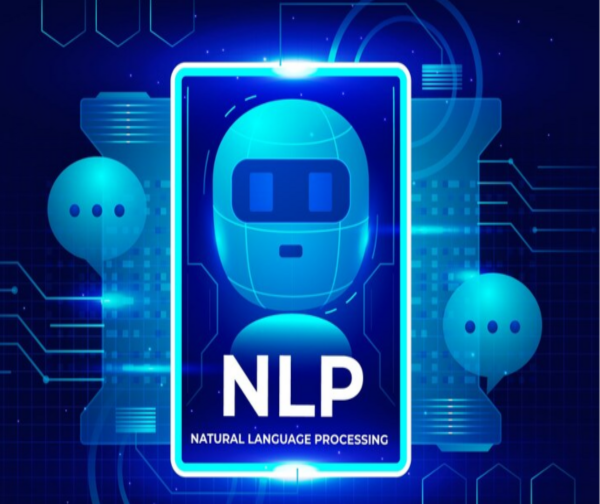
Natural Language Processing (NLP) is a branch of AI and transformed text from one language to another. With the help of NLP the businesses function by utilizing data and language to improve efficiency and productivity at work. NLP provides a various advantages and can change the way organizations operate, ranging from work automation and decision-making enhancement to communication simplification and optimization. Now most of people today interact with natural language processing (NLP) through voice-activated GPS units, digital assistants, speech-to-text dictation software, chatbots for customer support, and other consumer conveniences.
With the help of NLP tools it enable organizations to analyze and interpret big amounts of text data, such as emails, chat logs, and documents, to extract valuable insights, trends and help in making informed decision. By understanding language patterns and sentiment, NLP can help streamline communication channels, identify key information, and improve overall Collaboration Enhancement within teams.
When Chatbots and virtual assistants with NLP capabilities are being utilized more often to offer prompt and customized client service. With the help of tools it improve customer happiness and loyalty by understanding and responding to consumer inquiries, quickly resolving problems, and improving the overall customer experience.
With the use of natural language processing (NLP) it automate monotonous processes like data entry, report preparation, and content creation is one of its main advantages. It save the time and money of various organizations by training NLP models to comprehend particular tasks automation and workflows Optimisation. Once employees are free from this repetitive task, they can concentrate on more strategic task.
NLP is one of the best AI tool and is capable of analysing unstructured data sources, like market trends, consumer reviews, and social media, it offer insightful analysis that helps in decision-making. Once they have expertise in these area then organisations can gain a competitive edge and enhance business outcomes. After that organization can make well-informed decisions through the extraction and analysis of information.

Organizations can maximize workflow efficiency by utilizing Natural Language Processing (NLP) to automate activities, streamline communication, and provide insightful information. It will increase businesses productivity, decrease errors, and streamline operations by incorporating NLP tools into their current systems and procedures.
By enhancing the communication, exchanging thoughts, and encouraging information sharing among team members, NLP tools can also promote cooperation and teamwork Improvement. Within enterprises.
While there are many advantages to NLP, companies must also take security and compliance concerns into account when putting NLP solutions into practice. To reduce the risks involved with implementing NLP, it is imperative to ensure data privacy, maintain regulatory compliance, and secure sensitive information.
Numerous entities have effectively employed Natural Language Processing (NLP) to augment productivity and efficacy across diverse sectors. For businesses wishing to implement NLP technologies, case studies demonstrating how the technology has been utilized to enhance customer service, automate processes, and spur business expansion can offer insightful information.
NLP deployment is not without its difficulties, though, including issues with data quality, model correctness, and system integration. To fully reap the benefits of natural language processing (NLP), organizations must engage in training, data quality assurance, and continual development.
Innovation in natural language processing (NLP) is being advanced by developments in deep learning, neural networks, and language models. Future developments in NLP will likely lead to higher automation, better personalization, and better language understanding, all of which will boost efficiency and productivity at work.
It’s up the organizations to spend in employee skill development and training if they want to fully utilize NLP technology. When employees increase the chance to advance their skills in data analysis, machine learning, and NLP, can use the technique in better way.
Embark on a career transformation with GenAI Ninja! Dive into the dynamic realm of Generative AI, a groundbreaking technology reshaping our century.
Embark on a career transformation with GenAI Ninja! Dive into the dynamic realm of Generative AI, a groundbreaking technology reshaping our century.